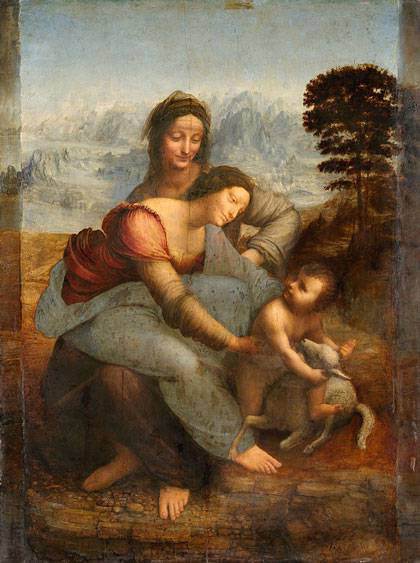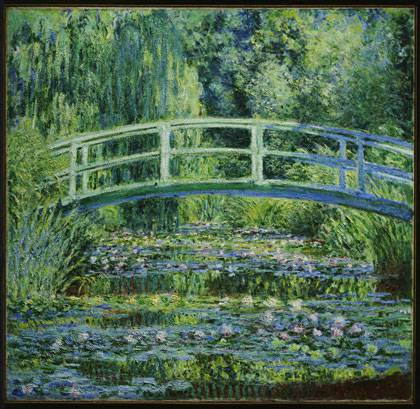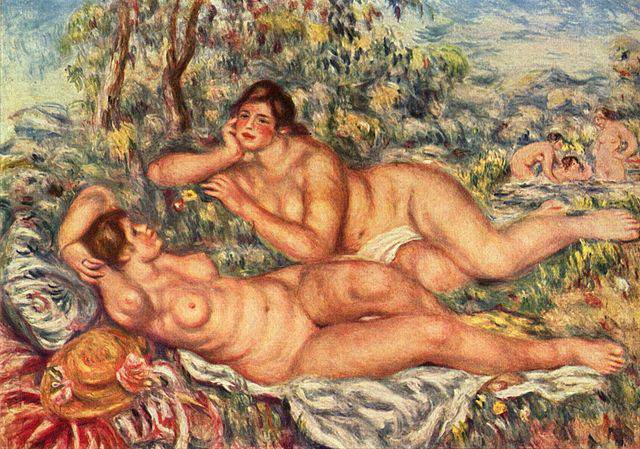
Leonardo da Vinci, “La Sainte Anne” © RMN-Grand Palais (musée du Louvre) / René Gabriel Ojéda.
Retrospective of Leonardo da Vinci at the Louvre To commemorate the 500-year anniversary of the death of Leonardo da Vinci in France, the Musée du Louvre presents a major retrospective of the painter’s career. October 24, 2019 – February 24, 2020]]>
Source: Louvre
The exhibition aims to illustrate how Leonardo placed utmost importance on painting, and how his investigation of the world, which he referred to as “the science of painting”, was the instrument of an art through which he sought to bring life to his paintings.
Alongside its own collection of five paintings by Leonardo (the “Mona Lisa”, however, remains on display in the galleries of the permanent collection), the largest in the world and 22 of his drawings, the Louvre displays nearly 120 works (paintings, drawings, manuscripts, sculptures, objets d’art) from some of the most prestigious European and American institutions, including, for the moment, the Royal Collection, the British Museum, the National Gallery in London, the Vatican Pinacoteca, the Metropolitan Museum of Art in New York, and the Institut de France.
The extraordinary renown of this endlessly curious artist, who quickly came to be seen as the embodiment of universal genius and knowledge, the nearly surrealist aura of the Mona Lisa, and the considerable literature that has amassed from his lifetime to today, provide an ambiguous and fragmented vision of Leonardo’s relationship to painting.
The exhibition is the culmination of more than ten years of work, notably including new scientific examinations of the Louvre’s paintings, and the conservation treatment of three of them (the Saint Anne, La Belle Ferronnière, and the Saint John the Baptist), allowing for better understanding of Da Vinci’s artistic practice and pictorial technique. The exhibition also aims to shed light on Leonardo’s biography through the exhaustive reexamination of historical documentation, breaking with the canonical approach to the life of the Florentine master—based on six chronological periods punctuated by his geographical movements—and turning to a selection of keys that provide access to his universe.
Related content
Landmark exhibition of Leonardo Da Vinci opens at the National Gallery of London (exhibition, 2011-2012)
Follow us on:


